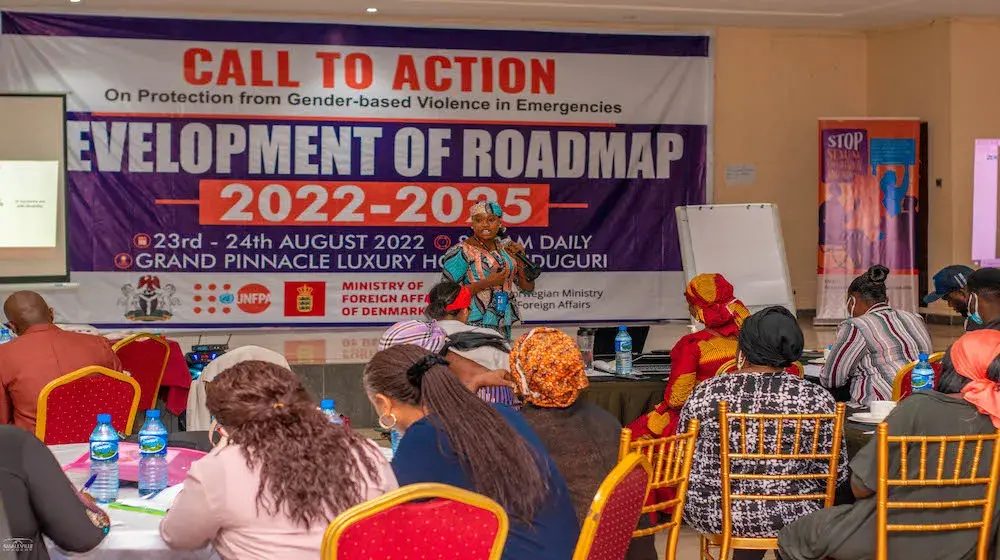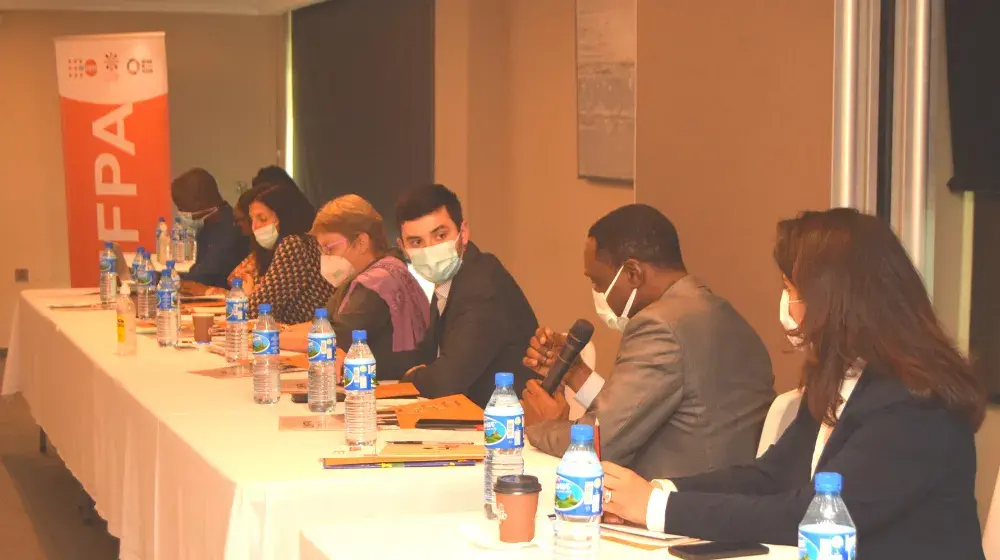Twelve years into north-east Nigeria’s large-scale humanitarian crisis, the needs are generally as severe and large-scale as ever. The crisis is not normalized, and affected people are not stabilized - they still live with great unpredictability, privation that goes far beyond background poverty, and daily threats to their health and safety, many of which could prove fatal or in conflict irrecoverable harm. In 2022, some 8.4 million people in the three most affected states of Borno, Adamawa, and Yobe (BAY) in Northeast Nigeria were projected to require humanitarian assistance. Compared to a year ago - 8.7 million, this represents a slight 4 percent decline in people in need (PIN) of humanitarian assistance. Some 6.7 million representing 80 percent of the total PIN, are women and children. Within these population groups, some of the vulnerable people with specific needs include children, women at risk, people with disabilities, older people, pregnant and lactating women, and children under ve with high levels of malnutrition. They are 3.9 million people, 2.2 million are IDPs, 1.5 million are returnees, and 1.02 million live in inaccessible areas. Displaced people due to the conflict are concentrated in Borno which has 81 percent of the total displaced. Out of the 61 Local Government Areas (LGAs) assessed, needs in 22 LGAs are classified as ‘extreme’ on the severity scale, while another 19 LGAs have ‘severe’ needs. While 18 LGAs are at a ‘stressed’ level, the remaining 2 have ‘minimal’ severity of needs
What we do
UNFPA NIGERIA HUMANITARIAN SITUATION REPORT: FOCUS NORTH-EAST CRISIS UNFPA #1/2022

Publisher
UNFPA Nigeria
Number of pages
8
Author
Humanitarian support to the North East Nigeria
Situation Report
UNFPA NIGERIA HUMANITARIAN SITUATION REPORT: FOCUS NORTH-EAST CRISIS UNFPA #1/2022
Publication date
20 January 2023
Latest
Events
18 August 2021




